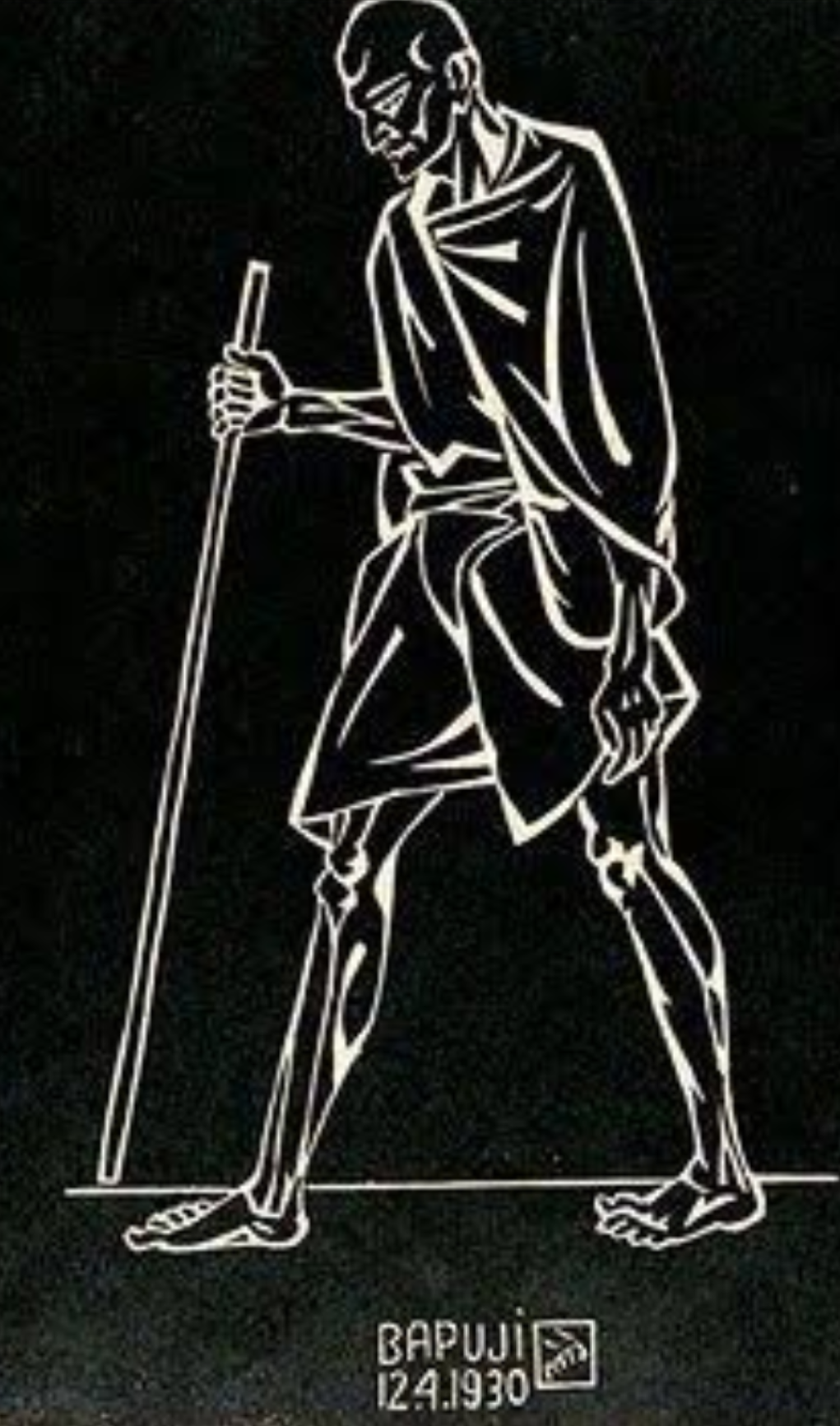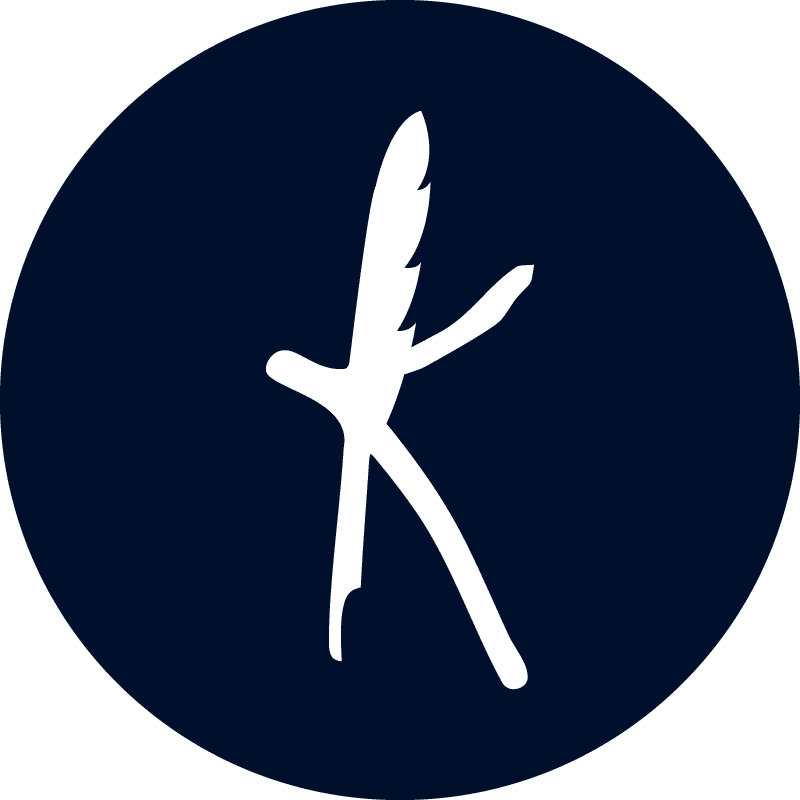
When we think about the freedom struggle only protests, marches, shouting, slogans, and non-violent activism comes to our mind. But it’s only one part of the story. Such action is always preceded by much quieter and gentler acts of rebellion and these are no less powerful.
Art and literature played an important role in India’s freedom struggle. Both art and literature acted as a tool in India’s freedom struggle against colonialism. The poets, writers, painters, musicians, oral storytellers and other curators of culture who convert what’s in their hearts to art and in the process inspired the collective soul of the people.
Many indigenous industries and enterprises were set up as part of the freedom movement. Indian art and literature flourished, and soon became a source of national pride. For example, Abanindranath Tagore through his paintings helped raise the consciousness of many. Through various journals, newspapers like Harijan freedom fighters like Gandhiji, Rabindranath Tagore raised important issues on the national platform.
Art helped nationalist in their struggle by evoking emotions related to oppression or kind of injustice to people that they had been facing for a long time. The portraits and songs or bhajans based on gods and goddesses which widely dominated among the Indian people was soon replaced by the nationalistic sentiments. This influenced people through painting battle scenes between Indian and British soldiers and portraying brutalities, to people singing and writing nationalistic poetries, plays, and stories. Indian art also helped in overcoming linguistic differences across the country in the form of visual and performing art.
Writers and poets such as Rabindranath Tagore, Josh Malihabadi, Muhammad Iqbal, Bankim Chandra Chattopadhyay, Mohammad Ali Jouhar, and Kazi Nazrul Islam used literature, poetry and speech as a tool to spread awareness against the atrocities by British on Indians and to provoke the thought of freedom to encourage people to fight for the country.
Newspapers like Bande Mataram, Jungantar Patrika, and Harijan sought to make Indian citizens not only socially and politically aware but also unite them for one common cause. Literature was used as a tool of propaganda. Pamphlets were written and distributed across India it served as propaganda against the British.
So following are some artists who played an immense role in India’s freedom struggle -
Rabindranath Tagore -The most internationally famous Bengali writer who received the Nobel Prize for Literature in 1913 for his work "Gitanjali". He was the first Asian who won the Nobel Prize. He wrote the national anthem of India and Bangladesh namely, "Jana Gana Mana" and "A
